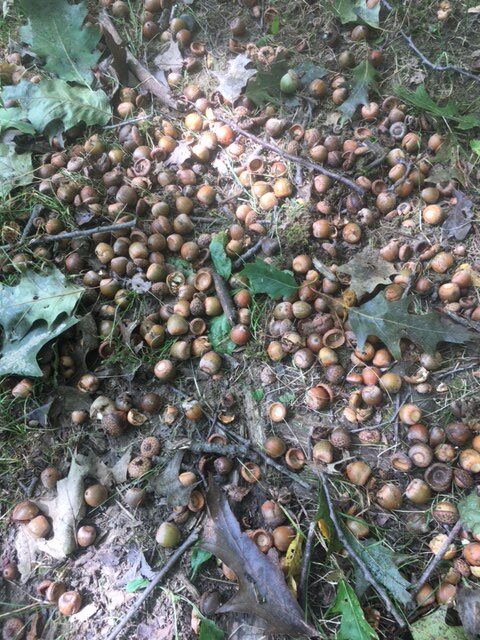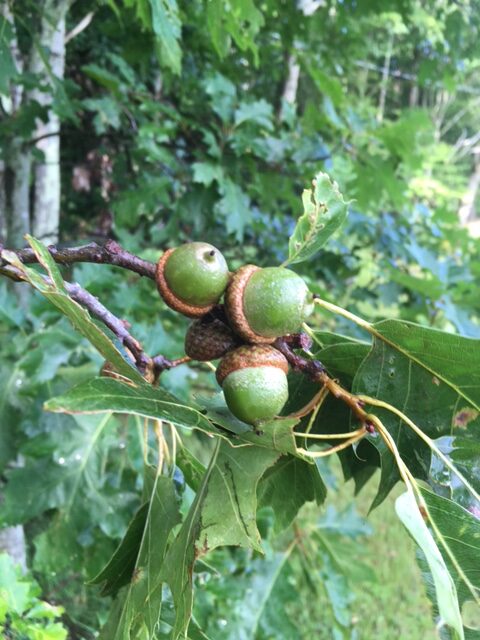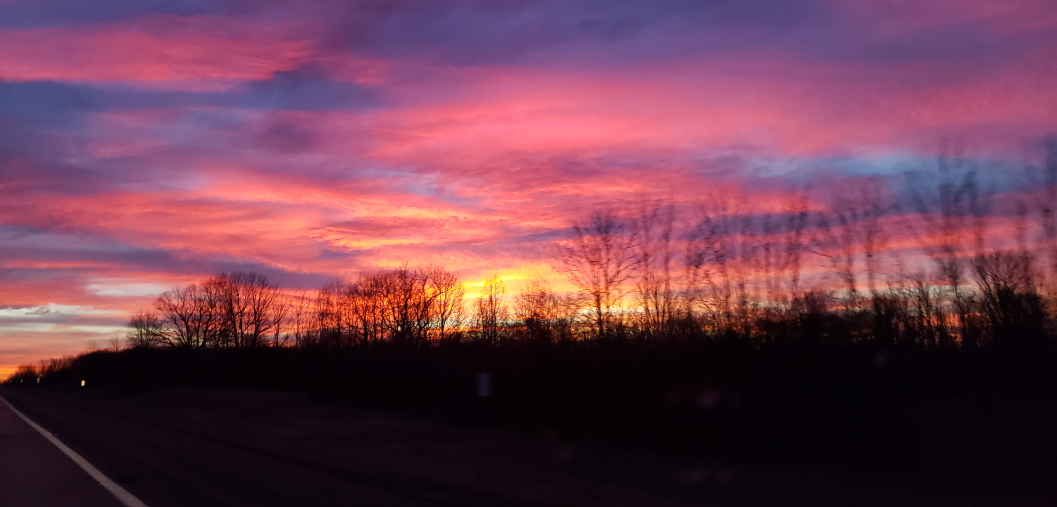“The appearance of the hillsides was as if the trees were dying in late May”
By Oak Duke
Those of us who hunt spring gobblers are programmed to get up very early.
And we leave our homes before first light.
As the saying goes, “Have to get up before the chickens.”
After a record warm spring this past year, it was a bit of a surprise to be faced with scraping and melting a heavy coating of ice off the windshield before driving to the springtime turkey woods.
And it happened for three straight pre-dawns.
May ice on the windshield may be a momentary inconvenience for turkey hunters and other early risers, but it forebodes a disaster to full bloomed-out fruit and nut trees.
Fruit trees, apples, peaches and June-berries were at that time in their best and showy parade regalia.
Wild apple trees, scattered through the woods and on the roadside looked like giant pompoms puffed out at their peak of white and pink blooms.
All toasted.
Cooked.
Really, not accurate metaphors…actually just the opposite process.
But tragically with the same result.
Billions of wild blossoms, each hopeful and set to become an embryonic fruit to not only sustain life, through bees and pollination, but by feeding and scattering fertilized seeds by wildlife.
A win-win for wild birds and critters as well as the trees.
Partnership.
But this ultimate goal of passing on the genetic baton was destroyed, locked in ice, frozen by these three frigid nights in May.
Shriveled.
Done.
So much for early springs.
Not only fruit trees, but many Oak trees, acorn bearers, both White oak and Red oak were similarly faked out by the cruel early spring and sent their flowers and terminal buds out to greet the warming days as they had been programmed to do for countless generations.
Maple syrup producers that were able to tap in January were able to boil sap in early February.
Normally…or at least in the past, Maples have their feet covered with a blanket of snow and ice, holding back the surge of sap even when we get a brief warmup.
Mapling is in March and early April.
But not this past spring.
Brief dustings of winter snow melt quickly.
Frost came out of the ground in January in many micro-climes, especially on the southern facing slopes.
Soon, as May turned into June, our worst fears were realized.
Few if any apple trees in the valleys had little green apples.
Our peach trees, purple flowers and high hopes.
Nothing.
And worse, many trees on the hillsides appeared blighted, as if a selective mass defoliant was dropped from the skies.


The government…? Aliens? Karma?
The appearance of the hillsides was as if the trees were dying in late May.
And some observant souls who notice and are aware of such things in nature, remarked about it.
But thankfully, a dire ending was only partial.
The three severe freezes technically exploded the cells in the terminal bud tips on the branches.
And it took the Oak trees and others weeks to re-grow their canopies.
On those three mornings, I hunted gobblers up on a high ridge, actually, around 2,300 feet in elevation and usually one of the coolest climes in the area.
While those of us in the lower valleys, where Wellsville’s elevation is about 1,500 feet, suffered through the hottest August on record, our high hilltops cool us with gentle breezy thermals, often in the more comfortable 70 F. degree range instead of the high 80’s F. where we have to crank air conditioners and fans.
But back in turkey season, I noticed surprisingly that there was no frost up on the top of the hill when walking across the field to the woods!
No frost up on the top of the hill!
Weird.
I noted the lack of frost on my boots up here, but a heavy icy freeze downtown.
Hmmm?
But I didn’t let a little thing like an empirical fact interfere with a cherished new theory.
Our valleys were measurably colder than the hilltops on those May days and especially nights when it mattered most.
Apple trees on the ridge-tops here in Southern Allegany County tend to send out their blossoms later than their kin in the deep valleys and hollows where the average temperatures are usually warmer in the spring.
Those late blooming hilltop trees got the saving grace this spring.
And ditto with the more clandestine nut-laden oaks.
While I bemoaned to everyone who would listen, and some who didn’t really want to, that we were likely to have a dearth year (when there is little mast, wild fruit and nuts.)
I was only partially wrong…or partially right.
Sounds like a politician.
Like Newton, being hit on the head with an apple, inspiring him to create the Universal Laws on Gravitation.
Acorns were “pinging” off limbs this summer in the woods on top of the hill.
What?
By Labor Day the ground there was covered with a crazy bumper crop.
What?
How?
Mystery of the acorn solved.
Trees of the highest elevations here dodged the Arctic bullet that iced and shriveled their lower elevation brethren.
Killing cold settled in the valley.
“Ping…”
Oak Duke/Wellsville, NY/September 2023







